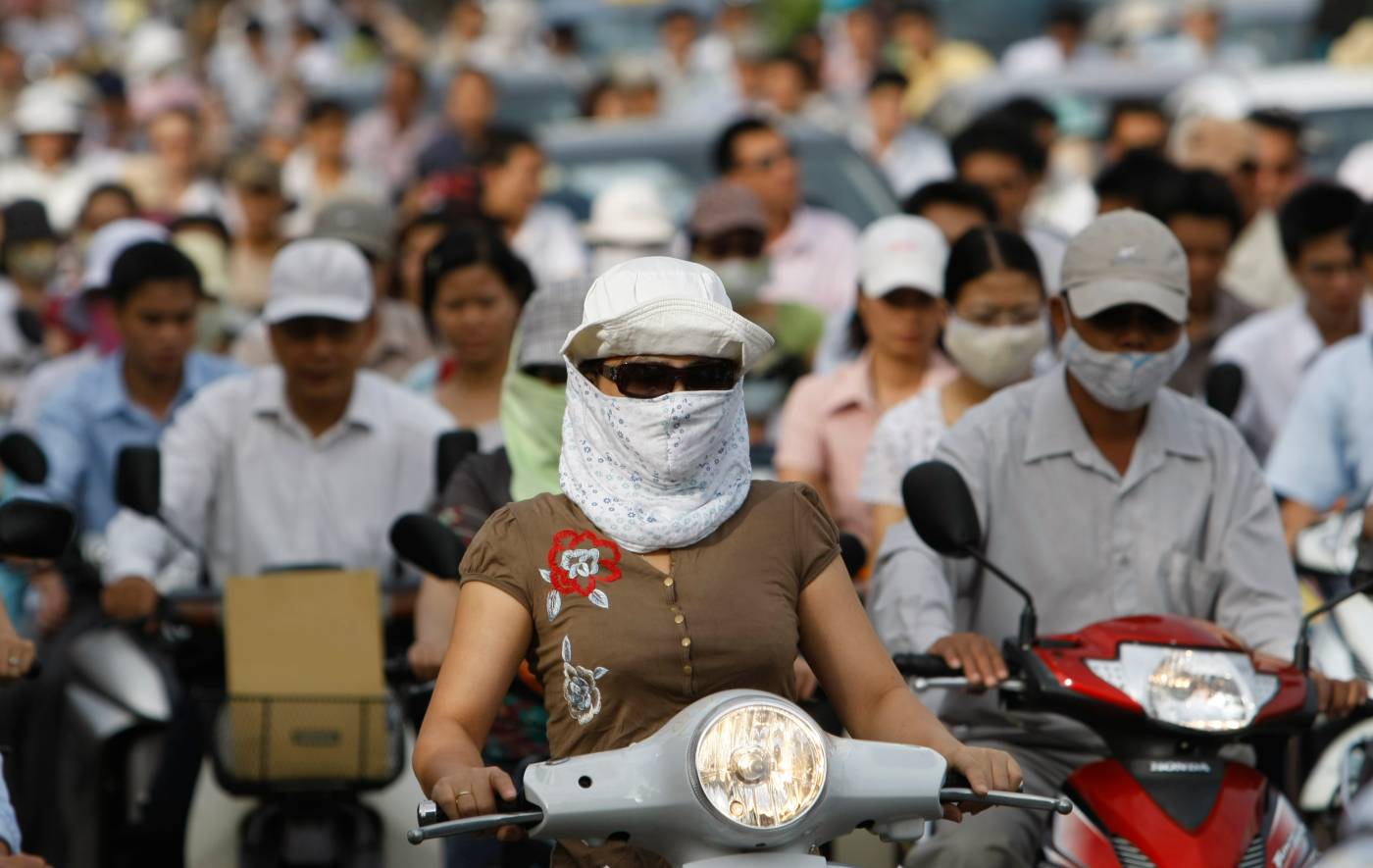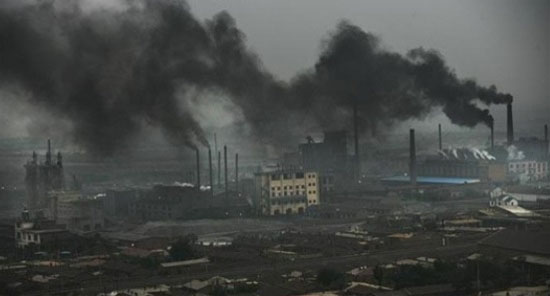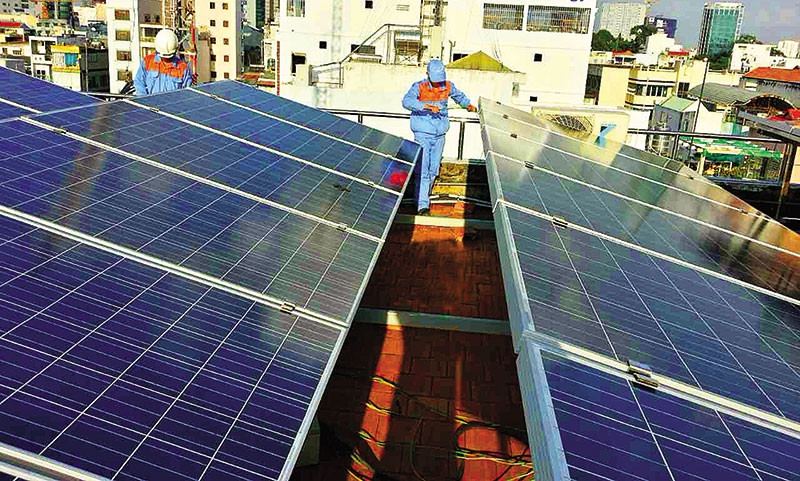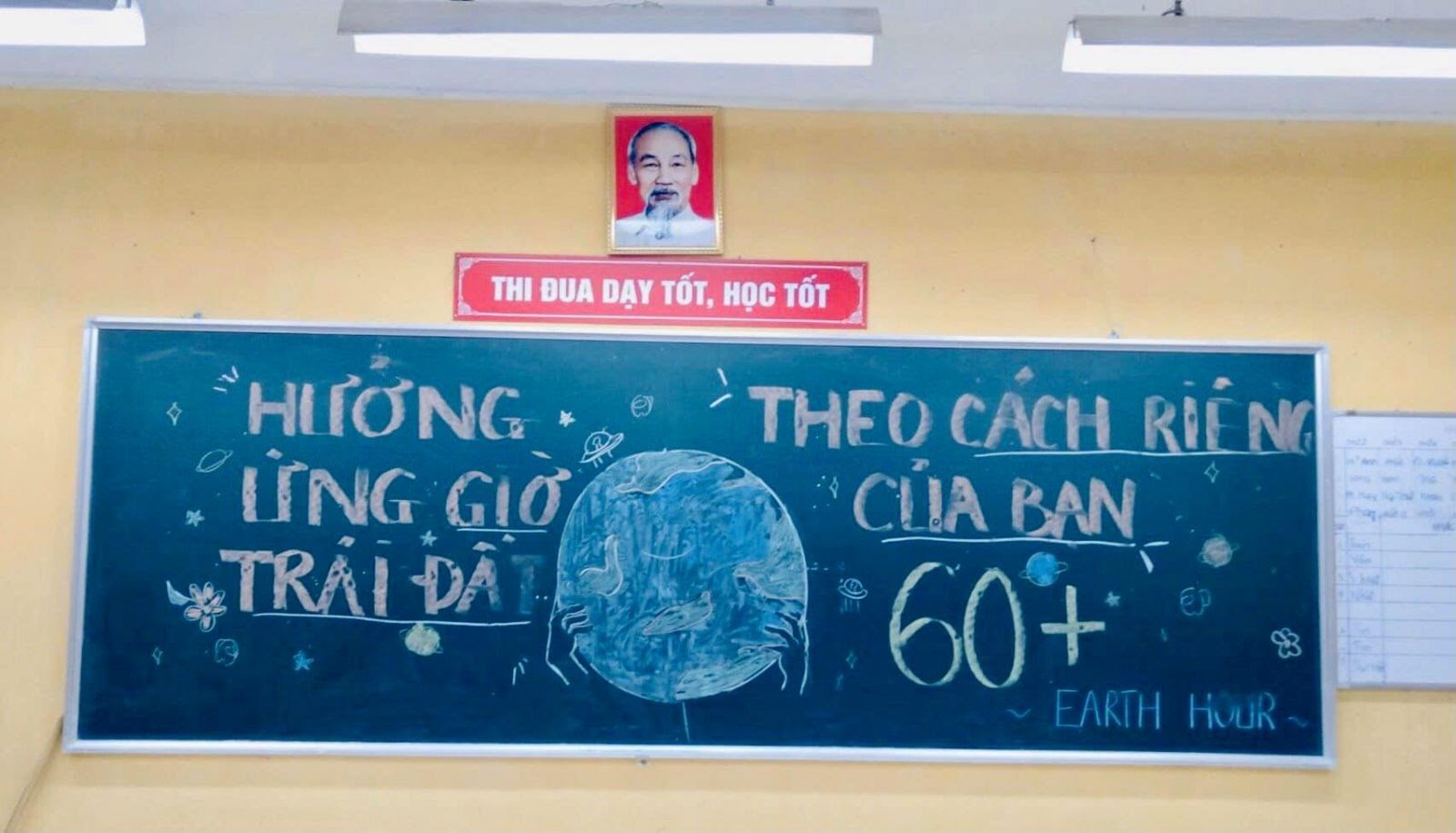
New estimates have been released on the value of fisheries along one of the world’s largest rivers.
Putting a value on the Mekong River and measuring the impact it has on the gross domestic product (GDP) of downstream countries has for a long time been a strategic target of bureaucrats and non-governmental organizations seeking to measure and protect the world’s twelfth longest river and its contribution to regional growth.
Now scientists with the Mekong River Commission (MRC) have gone much of the way in answering that. According to recent estimates, fisheries alone from the Lower Mekong Basin are valued at a whopping $17 billion a year, contributing three percent to the combined GDP of Vietnam, Cambodia, Laos, and Thailand.
The estimates, published by the MRC’s Catch and Culture fisheries newsletter, are based on an annual fish catch of 4.4 million tons. When measured against world trade in fisheries, the numbers are also impressive, representing 13 percent of the total $130 billion catch forecast for 2015.
These are substantial numbers. And they should add weight to calls for a moratorium on dam construction across the mainstream of the river. Such a moratorium is opposed by Laos, where scientists say a government obsession with dams is threatening the livelihoods of about 60 million people who depend on the river.
Climate change and salt contamination from rising sea levels are among other threatens amid disarray within the MRC. The regional body is facing a cash crisis amid currency devaluations and withering support from donors irritated with how little say they have over how their money is managed.
Sources also say undue influence being exercised by the Lao government – in need of international approval for its ambitious hydropower ambitions – could result in the MRC relocating its operations in Vientiane to Phnom Penh, where it already maintains a key presence.
Equally, there were suggestions that the Laos faction within the MRC would attempt to scuttle the latest report. After all, the findings are a shot in the arm for arguments stressing the financial importance of fisheries to the domestic and regional economies, which are under threat from disruptions that dams will cause to migration and breeding patterns.
The report highlighted the importance of fish catches on the region’s smaller economies. It estimated fisheries — from traditional methods and aquaculture — would contribute $3 billion to Cambodia’s economy in 2015. That’s about 18 percent of its total $16.71 billion GDP.
In Laos, the fish catch was expected to fetch $1.51 billion or 12.8 percent of its $11.78 billion economy. Vientiane also has plans to borrow more than twice its GDP to fund its infrastructure plans, which have been widely criticized by economists and financial analysts.
“Fisheries are relatively more important to the smaller and less developed economies of Cambodia and Laos PDR, both located almost entirely within the basin,” it said.
“It should also be mentioned that fishing is an integral part of the livelihoods, culture, and food security coping strategies of upland peoples who are mostly indigenous or ethnic minority groups showing the highest poverty incidences in the region,” the report added.
In comparison, Vietnam can expect $5.74 billion in fishery receipts, representing just 3.1 percent of its $186.21 billion GDP. In the much larger Thai economy, fish taken from its section of the Mekong River Basin were expected to fetch $6.72 billion and contribute 1.8 percent to its GDP, which was worth $373.8 billion.
On a positive note, aquaculture is also making substantial inroads into these economies. Its growth rate in the basin is three times faster than global growth rates and its contribution was expected to be valued at $5.8 billion in 2015, compared with $4.8 billion in 2010 and less than $1 billion in 2003.
As a result, world aquaculture production is forecast to surpass production of traditional fish catches in 2023. That will help re-orientate the industry and improve the lives of many millions of people around fish farming who historically eke out a hand-to-mouth existence.
Source: http://thediplomat.com/2016/01/what-is-the-value-of-the-mekong-river/





.png)


